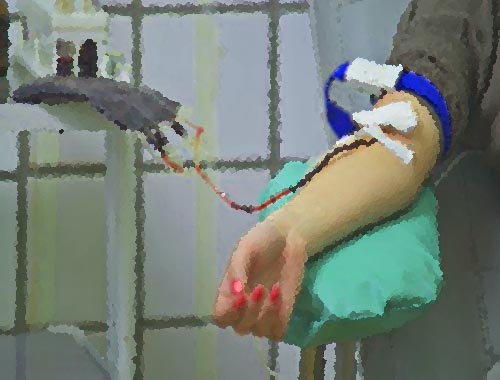Blood Transfusion Reaction(Complications)
Prompt recognition of an immune-mediated transfusion reaction is fundamental to improving patient outcome. Immune-mediated transfusion reactions can be classified as acute or delayed. Acute reactions occur within 24 hours of transfusion and include acute hemolytic, febrile nonhemolytic, allergic, and transfusion-related acute lung injury (TRALI). Delayed reactions occur days to weeks after the transfusion and include delayed hemolytic transfusion reactions, transfusion-associated graft-versus-host disease, and post-transfusion purpura. Prompt recognition of an immune-mediated transfusion reaction is fundamental to improving patient outcome. Although infrequent, nonimmune transfusion reactions, including hemolysis, transfusion-associated sepsis, and circulatory overload, should be considered in the differential diagnosis. Acute hemolytic transfusion reactions are most often the result of clerical error. Identification is critical because of the high probability of a second patient receiving the wrong blood product at the same time. Treatment depends upon the type of transfusion reaction. Although pretransfusion prophylactic acetaminophen and diphenhydramine are often routinely administered, there is little evidence to support this practice.
